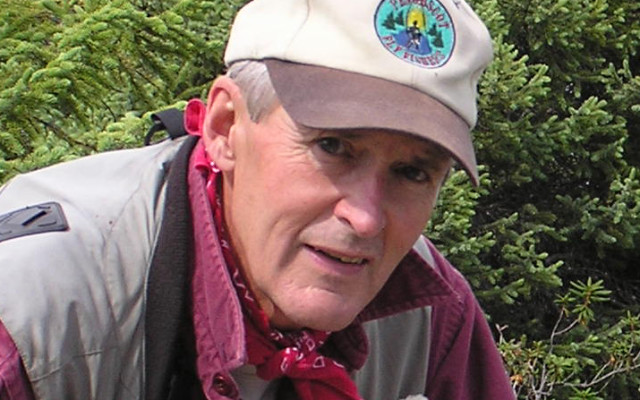
Some lawmakers don’t understand coyotes
By V. Paul Reynolds
To any reasonable person who had the patience to sit through such a drawn out affair, the recent work session held by the Legislative Joint Standing Committee on Inland Fisheries and Wildlife about LD 814, was an object lesson in just how deeply divided this state is between urban and rural outlooks and values.
LD 814 was a proposed law that would drastically curtail coyote population-control efforts by reducing the legal hunting season of these canine predators by 60 percent. The bill was sponsored by nine lawmakers mostly from southern urban areas. As reported earlier, my phone chat with three of the nine revealed well meaning but naive individuals who knew little about state wildlife management. Their aim was to disallow hunting of coyotes during the coyote whelping period.
Eventually, the Standing Committee gave the bill a majority ought-not-to-pass vote, but with two holdouts who refused to kill the bill. State Rep. Sally Cluchey (D-Bowdoinham) and State Rep. Cheryl Golek (D-Harpswell), both insisted throughout the work session that all hunted coyotes should be tagged and that coyotes be included in the state’s wanton waste law. Rep. Golek believes that tagging would help the state to better keep tabs on coyote numbers. Rep. Cluchey insisted throughout the session that “coyotes deserve respect and a decent burial.†Both lawmakers advised ahead of time that they would not go along with the committee majority, unless their wishes were manifested in an amendment to the bill.
During testimony, David Trahan, director of SAM, and SAM’s wildlife consultant and whitetail/coyote biologist, Gerry Lavigne, calmly addressed Rep. Golek and Rep. Cluchey’s concerns with clear logic and scientific data. Trahan explained the legislative history of Maine’s well-established coyote management program and how LD814 was contrary to legislative intent. Lavigne said that there was no logical or biological reason to require tagging coyotes and expending money and effort enumerating precise coyote population numbers. “Our data and data from other states makes it clear that you can’t endanger coyotes numbers even if you wanted to.â€
Lavigne said that what we should be doing is not counting coyotes, but instead monitoring the status of the coyote’s prey, whitetail deer. He said we need to determine through data analysis whether, indeed, our coyote control programs are helping deer survival in the North Woods.
During the session, Warden Col. Dan Scott, Gerry Lavigne and State Rep. Jim Thorne (R-Carmel), attempted to explain to Rep. Golek and Rep. Cluchey how nature works, how critters left in the woods do not go to waste, that critters eat critters. Lavigne even testified that he has seen live coyotes feeding on dead coyotes!
None of this seemed to register with Rep. Golek or Rep. Cluchey or alter their positions. The two low points in the work session were when the committee chair warned Rep. Golek that her treatment of witness Trahan bordered on “badgering†and when Rep. Cluchey accused Trahan of being a liar.
What’s the practical outcome of all of this messy democratic process? Since LD 814 did not get a unanimous ought-not-to-pass vote by the committee, it will now go to the full Legislative House for a vote. Since the party of Rep. Golek and Rep. Cluchey is in the majority, don’t be surprised if the coyote is soon no longer exempt from the wanton waste law, which requires that you use (consume) your kill. And whereas coyote meat, not unlike that of other varmints – ground hogs, porcupines, rats and such – are abysmal table fare, this change could very likely reduce the number of coyote hunters in Maine.
.The author is editor of the Northwoods Sporting Journal. He is also a Maine Guide and host of a weekly radio program “Maine Outdoors” heard Sundays at 7 p.m. on The Voice of Maine News-Talk Network. He has authored three books. Online purchase information is available at www.sportingjournal.com, Outdoor Books.